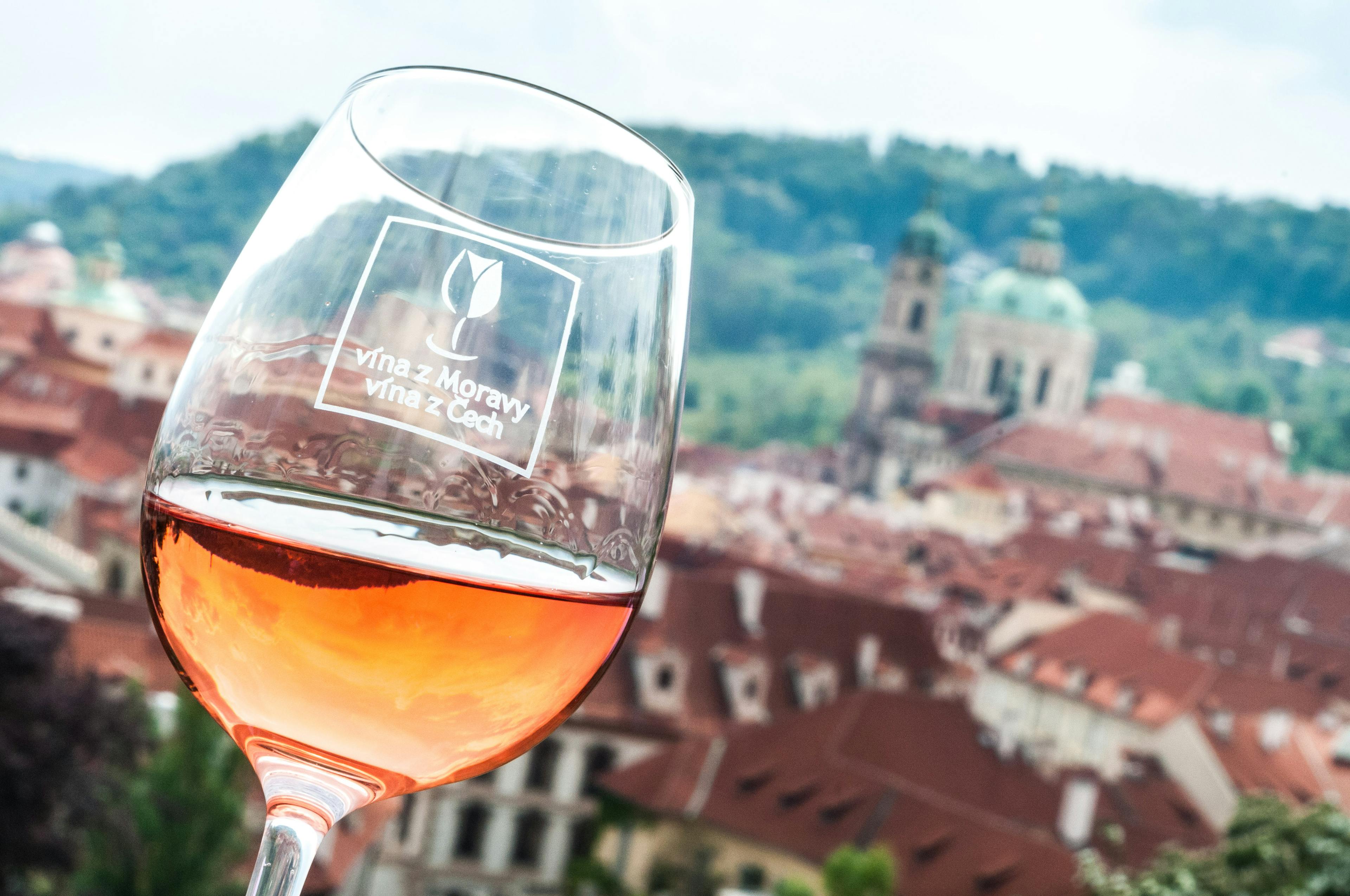The History of Rosé
As with red and white wines, even rosé wines have their own special history. The first ever mention comes from Hippocrates, in approximately 400 BC. The father of medicine exhorted his patients to consume a refreshing and delectable beverage of a pale red hue. Whether this wine was produced especially as such, that is for medicinal purposes, or whether it was a pure coincidence, however, we will most likely never find out.
The first ever mention comes from Hippocrates, in approximately 400 BC.
We think of the Middle Ages as a time of important expansion for the production of light red and pink-coloured wines, especially in the French vineyards, where both the Pinot Noir and Pinot Gris varieties were planted side by side thus giving rise to wines of lighter colour. This trend lasted until the 17th century.
The production of pale red or pinkish wines was already under way in the Czech lands during the 16th century. Other than the cultivars used for the production of white wine, the most planted black grape varieties were Pinot Noir and later also Frankovka (a.k.a. Lemberger or Blaufränkisch) and Blauer Portugieser. Small-scale winemakers with mixed plantings had to rely on pressing their crushed grapes in communal presses or using the facilities of the owners of the large wine estates. Due to the lengthy waiting times the pulp from their mixed white and black grapes created juice that was tinted pink.

The designation “rosé wines” only came into use quite recently. In the past rosé wines used to have entirely different names. In Moravia they were known under the folk name “ryšák” (meaning “ginger” or “red-head”). In Bohemia, on the other hand, rosé wines were nicknamed “růžák” (pink blush), as is evidenced by an original label dating from the middle of the 19th century from the cellars of the Žernoseky estates.
The designation “rosé wines” only came into use quite recently.
Today rosé wine is becoming ever more popular. Its largest European producer is France, where rosé wine has always accounted for at least one tenth of the entire annual national production. Significant production can also be seen in the USA and Australia. Some 20 million hectolitres of rosé wine are produced every year around the world.